Do You Know Where the Name “Talawanda” Comes From?
In the Oxford area Talawanda is widely believed to be a Native American word. But, I recently heard a that this may not be the case at all, and that Talawanda was a completely made-up word. That rumor is all it took for me to get neck deep in a stack of papers, a mess of weblinks, and a series of interviews.
When asked where the name Talawanda came from, several sources told me what I already thought to be the truth: Talawanda is a Myaamia tribe word that was used to honor the natives of the area.
Daryl Baldwin of the Myaamia Center said, “The word Talawanda does not come from the Myaamia (Miami) language. I don’t know what language it comes from but it’s not uncommon for native terms to get used in lots of different places, even when a tribe’s language may not be from the area.” In 2004 the Oxford Press published an article that suggested Talawanda may be a Shawnee word. However, now that is believed not to be the case.
The fact that it’s common for native terms to be found in places other than a tribe’s native area came into play when I discovered that there are two other “Tallawanda” roads in Massachusetts. Despite the knowledge that Talawanda was probably not a Shawnee word, I set to work trying to find out if there were Shawnee tribes in both Ohio and Massachusetts. There were not. This discovery just increased my confusion and curiosity.
Later, I came across the Ohio Department of National Resources (DNR) Department of Watercraft’s page for Four-Mile Creek. It stated Four-Mile has also been referred to as Talawanda Creek. General Arthur St. Clair and his troops were some of the first Europeans in what is now Hamilton. They renamed the creek Four-Mile Creek based on how far it was from Fort Hamilton. It’s unclear what the name actually means, but for the most part, it’s agreed that it refers to water. It’s been said to mean clear waters, winding waters, still waters, muddy waters, cloudy waters and, if you’re one author from the 1900s, beautiful maiden.
Now, you might be wondering if there is a difference between Tallawanda and Talawanda. There is not. In fact, there is another alternate spelling from the nineteenth century. Tallewanda Springs, which is near College Corner, was a popular picnic spot in the late 1800s. Later, a bottling company opened up near Tallewanda Springs and under the same name and spelling. Around 1923, the ‘e’ turned to an ‘a’ and an ‘l’ was dropped. No one way of spelling is necessarily correct, but Tallewanda is hardly used anymore. And, after Talawanda school district was named, it was more common to use one ‘l’ where, before the school was named, the double ‘l’ was more common.
In 1954, the Talawanda School District was formed via a merging of several small schools. To name the school, a contest was held. The winner of that contest was Karen Irwin with her suggestion of Tallewanda (with a double ‘l’.) The double ‘l’ didn’t stick however. At a school board meeting, it was decided that a single ‘l’ spelling should be used for the sake of brevity.
Despite my research, I still haven’t found a true answer to the roots of the Talawanda name. Although, I have ruled out some possibilities. I don’t know the word’s origin, or even if it’s a true native word. Due to the fact that native languages were often oral, and histories were not written down, the truth remains clouded and will probably stay that way.



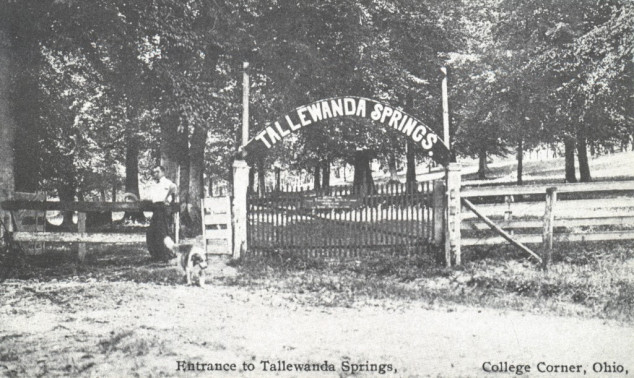
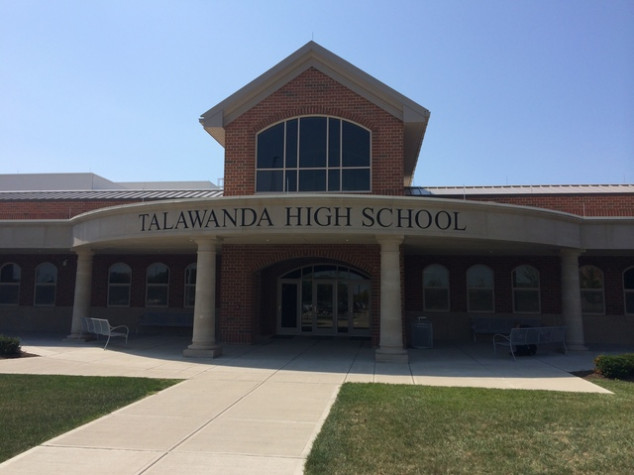
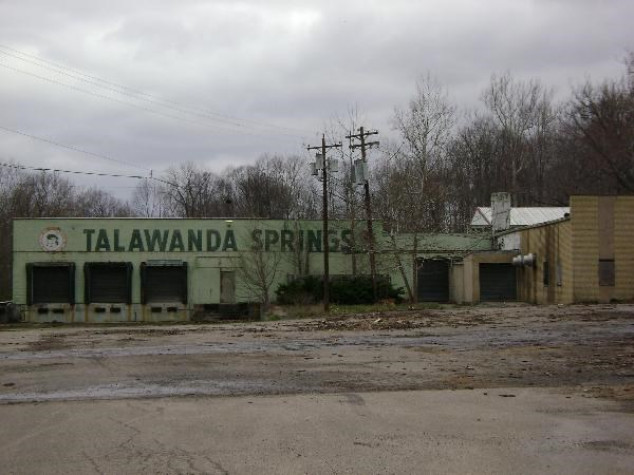
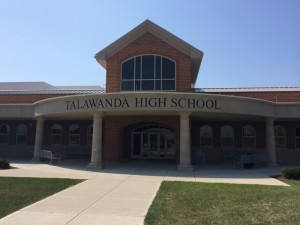
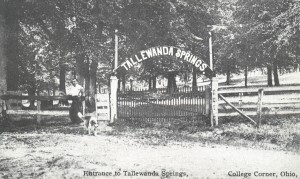
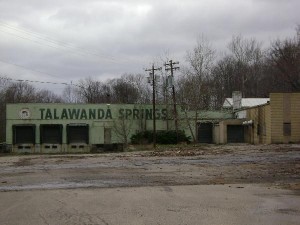


Katie Johnston investigates the origins of the Talawanda name: https://t.co/IX9d0ydbCh https://t.co/BjJylmHxTU